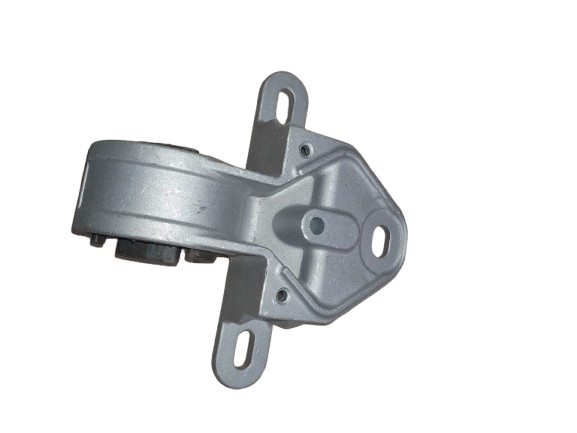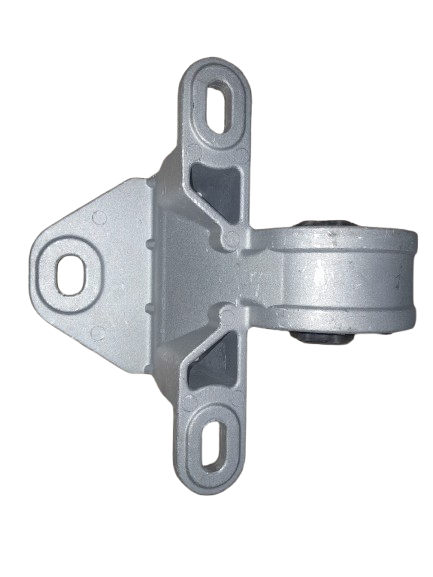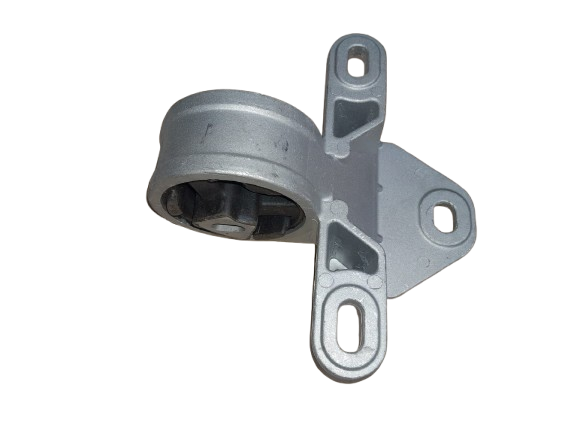


Overview
The engine mounting system in the Dodge Caliber and Jeep models equipped with a 3.3L engine plays a crucial role in ensuring the engine remains securely fastened to the vehicle’s chassis while minimizing noise, vibration, and harshness (NVH). Proper engine mounting is essential for vehicle stability, smooth operation, and extended component life.
Although the Dodge Caliber was never offered with a 3.3L engine from the factory, the 3.3L V6 engine (commonly found in models like the Jeep Grand Caravan, Chrysler Town & Country, and older Jeep Grand Cherokee models) uses a similar mounting philosophy as other transverse or longitudinally mounted engines. However, if a Caliber has had a 3.3L engine swap or if this refers to general engine mounting in Chrysler/Jeep vehicles, the following applies.
Components of the Engine Mounting System
The engine mounting system typically includes:
- Front Engine Mount: Helps absorb forward and backward engine movement during acceleration or braking.
- Rear/Torque Strut Mount: Designed to handle torque from the drivetrain, limiting rocking motion.
- Side Engine Mounts (Left and Right): Support the vertical weight of the engine and transmission assembly.
- Transmission Mount: Supports the transmission side, especially in transverse engine setups.
Some newer models also include active or hydraulic mounts that adapt to engine load and driving conditions, enhancing comfort and stability.
Function and Design
Each mount is constructed from rubber, hydraulic fluid-filled chambers, or polyurethane, designed to isolate engine vibrations and provide damping. In some performance or off-road Jeep models, more rigid mounts are used for durability and handling.
The design of the mount varies depending on whether the engine is mounted transversely (as in the Dodge Caliber) or longitudinally (common in some Jeep models). For example, in transverse setups, the mounts are positioned more laterally, while longitudinal engines have mounts closer to the front and rear of the engine bay.
Common Issues and Maintenance
Engine mounts can wear out over time due to:
- Rubber deterioration
- Fluid leaks (in hydraulic mounts)
- Excessive engine movement or vibration
- Clunking noises during acceleration or braking
Worn mounts should be replaced promptly, as they can lead to increased vibration, misalignment of drivetrain components, and even engine damage if left unchecked.
Conclusion
Whether you’re working on a Dodge Caliber or a Jeep model with a 3.3L engine, the engine mounting system is vital for engine stability, ride comfort, and safety. Understanding the design and maintenance needs of these mounts helps ensure long-term reliability and smoother performance. Always use OEM or high-quality aftermarket mounts to maintain proper engine alignment and support.
